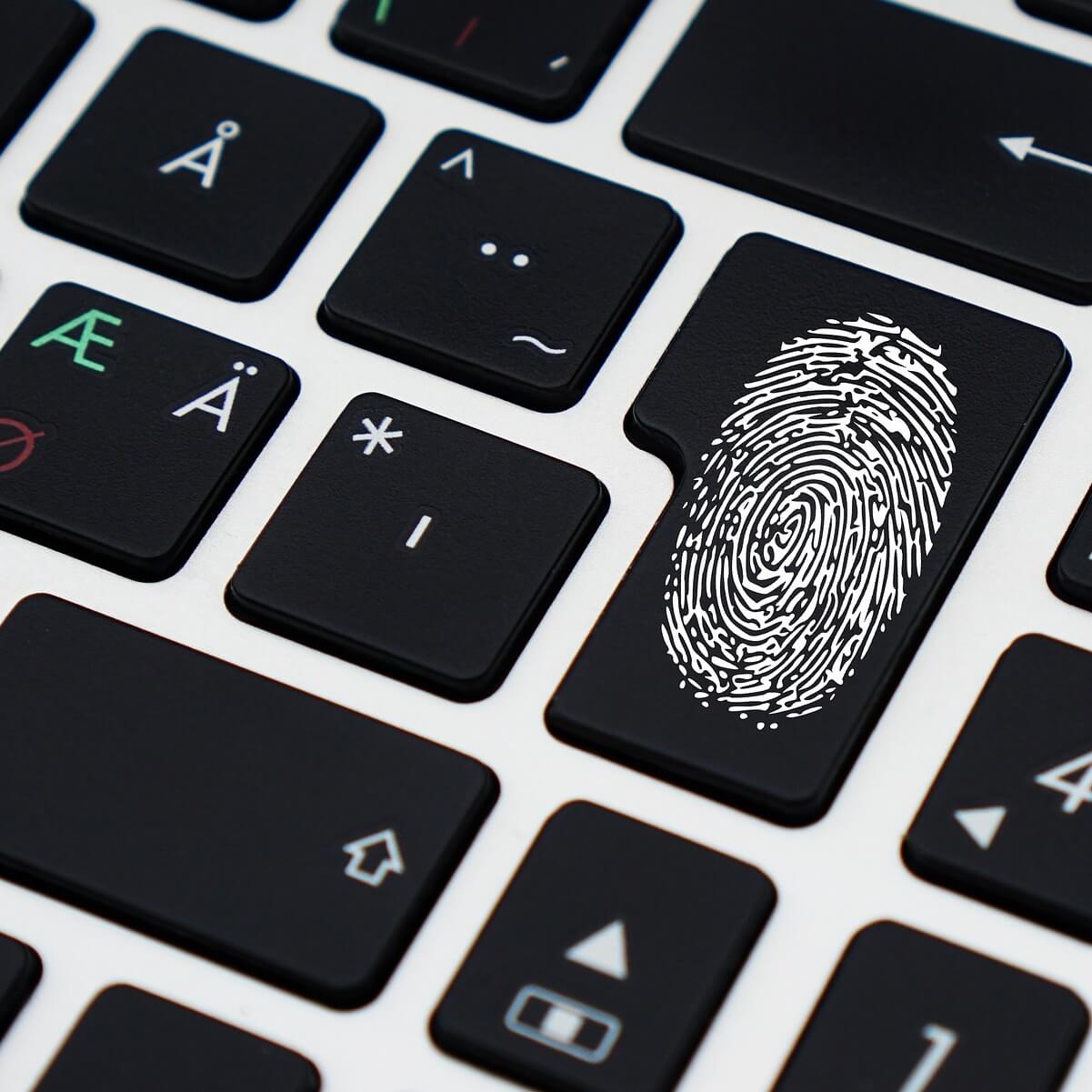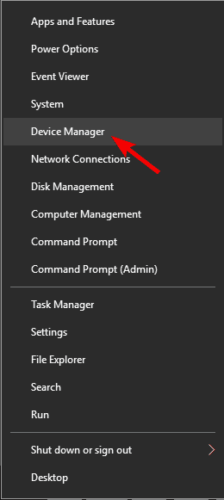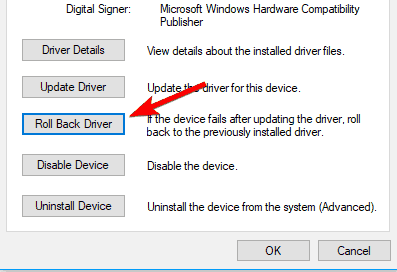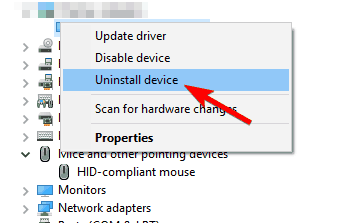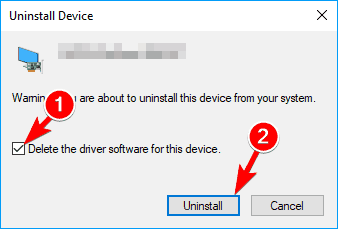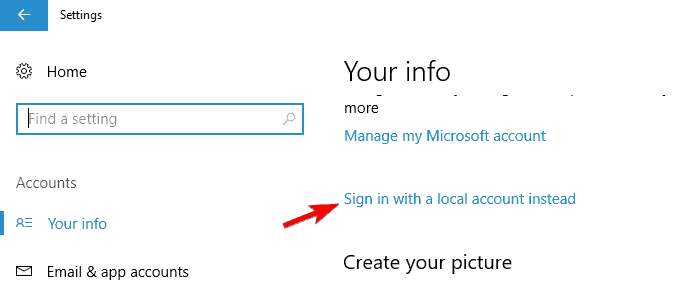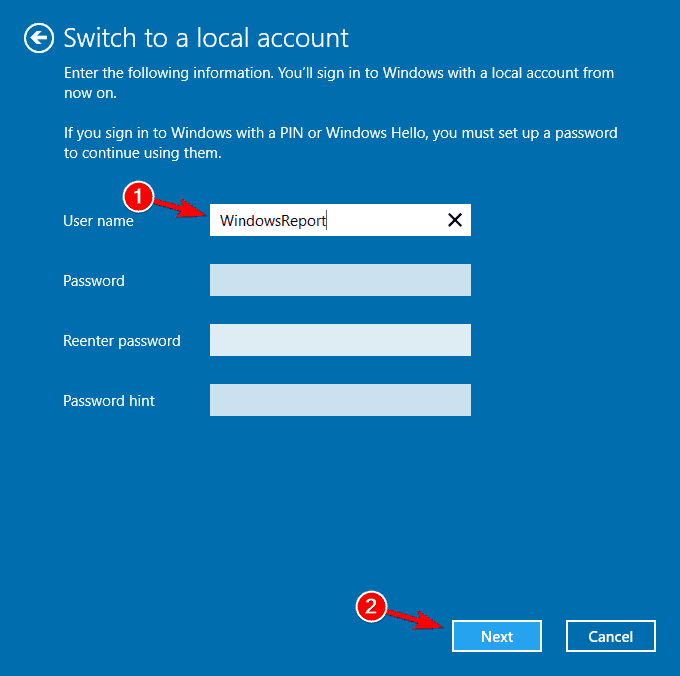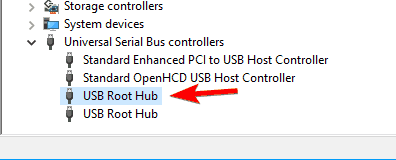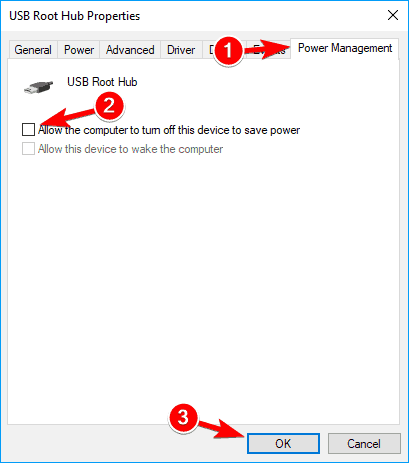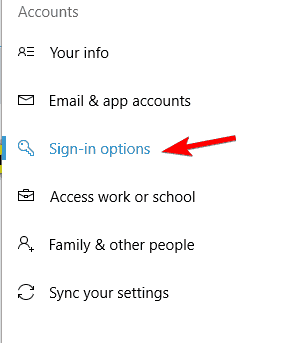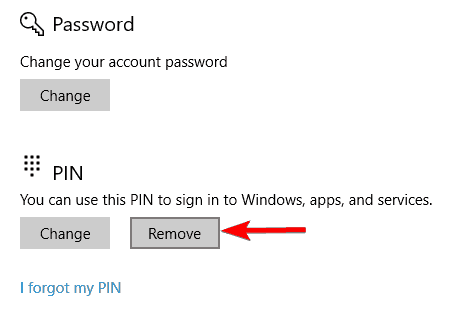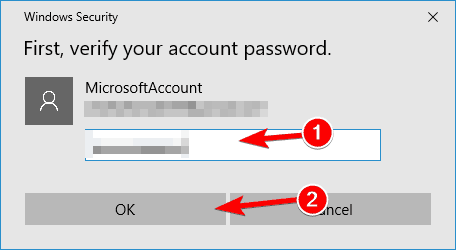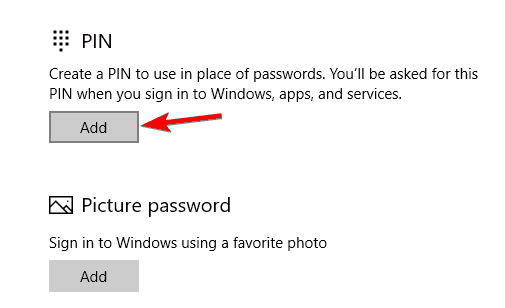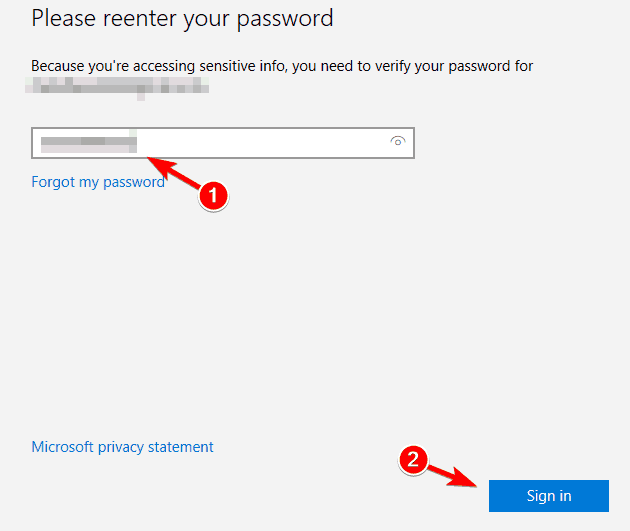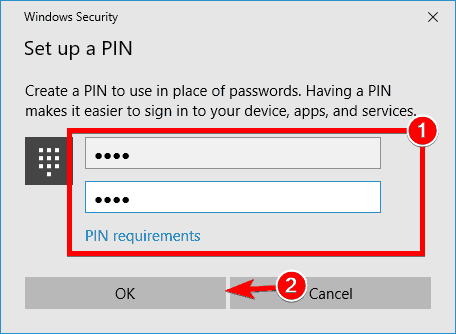Lenovo fingerprint manager pro windows 10
I have the X1 Carbon Gen 3, preinstalled with Win7 Pro. I upgraded to Win10 yesterday and only realised now that I should have removed this Fingerprint Manager Pro BEFORE the update.
How can I remove it now? The uninstallation won’t even run.
- Posts: 6498
- Registered: 10-29-2009
- Location: NC
- Views: 161785
- Message 2 of 10
Re: How to manually remove Fingerprint Manager Pro in Win10?
There is a work-around to uninstall Lenovo Fingerprint Manager Pro on Windows 10:
“C:\Program Files (x86)\InstallShield Installation Information\<314FAD12-F785-4471-BCE8-AB506642B9A1>\ISSetup.dll”
Then try the uninstall again.
Re: How to manually remove Fingerprint Manager Pro in Win10?
- Posts: 6498
- Registered: 10-29-2009
- Location: NC
- Views: 161785
- Message 4 of 10
Re: How to manually remove Fingerprint Manager Pro in Win10?
wrote:
I tried that, even restarted after copying over the file. But the same error message pops up: doesn’t work on this version of windows.
It worked here, sorry I don’t have another idea except to go back to Win7, uninstall the fingerprint software, and then upgrade to Win10 again. Or else just leave the fingerprint software installed, it shouldn’t cause any problems.
Re: How to manually remove Fingerprint Manager Pro in Win10?
wrote:
I tried that, even restarted after copying over the file. But the same error message pops up: doesn’t work on this version of windows.
It worked here, sorry I don’t have another idea except to go back to Win7, uninstall the fingerprint software, and then upgrade to Win10 again. Or else just leave the fingerprint software installed, it shouldn’t cause any problems.
That is a completely unexpected reply. You do realise that is way more trouble than it sounds and potentially could cause more problems.
I did ask for a manual removal solution. perhaps you can suggest a way to manually remove the files and uninstall entry without wreaking havoc on the system?
- Posts: 5067
- Registered: 11-22-2011
- Location: US
- Views: 89683
- Message 6 of 10
Re: How to manually remove Fingerprint Manager Pro in Win10?
Is your FPM pro version 8.01.42? You state in came preinstalled on your win 7 system. Did you ever have win 8/8.1 installed? -or- just put win10 upgrade on top of win 7? You got power manager removed.
The official uninstall is in Pf(x86)\installshield\xxx GUID. Someotherguy changed a module in this folder and got success, you did not.
Let’s take the power manager workaround and try a test. Locate
Old command from other post (to get power manager uninstalled):
BUT: when I lauch setup.exe from C:\swtools\readyapps\pwrmgrv directory it does uninstall Power Manager. Command line: «c:\swtools\readyapps\pwrmgrv\setup.exe -l0x9 -AddRemove»
«c:\swtools\drivers\fingerprint\lz4goaa2_64\setup.exe -l0x0409 -AddRemove»
FPM pro used a combination of msi installer and installshield and is available on certain win7.8/8.1 machines.
- Posts: 5067
- Registered: 11-22-2011
- Location: US
- Views: 89683
- Message 7 of 10
Re: How to manually remove Fingerprint Manager Pro in Win10?
I did some testing on my machine today. I have win7 home and no fingerprint reader device.
Please state your exact error message. Is it «cannot run on this version of windows»? probably an installshield error message.
installer .exe : lz4goaa2_64 >uses installshield 2011 Pro edition
Extracts to \swtools\fingerprint\lz4goaa2_64.
. module ISSsetup.dll is version 17.0.0.717 modified 4/2/2015 6.66mb(6,990,780 btyes used)
. module setup.exe is version 7.0.30.0 modified 4/2/2015 1.22mb(1,182,456 byes used)
Uninstaller is located in PF(x86)\installshieldinstallation\<314FAD12llll. Same folder someotherguy referenced.
. module ISSsetup.dll is version 17.0.0.717 modified 4/2/2015 6.66mb(6,990,780 btyes used)
- Posts: 5067
- Registered: 11-22-2011
- Location: US
- Views: 89683
- Message 8 of 10
Re: How to manually remove Fingerprint Manager Pro in Win10?
On Aug 15, you decided to install win 10 on top of working win 7 system.
Now, some things dont work, ie, FPM. Lenovo does not warrant your win 10, FPM to work. You bought a Lenovo win 7 carbon gen 3.
You want the simple fix for you, wont happen, u stuck. Sad.
I will never selfupdate to win 10. I will pay for the clean install 1st. I will wait at least a year before I would try any win 10 install. Your uninstall failure of FPM confirms this. The technical stuff above might help. Not the typical homeowner, delve into modify modules. I dont want you lost, but you asked how to.
You bought the carbon 2013? win 7 came out Sept 2009. You bought end of cycle, now burnt new OS wise.
Re: How to manually remove Fingerprint Manager Pro in Win10?
Let’s take the power manager workaround and try a test. Locate
This fingerprint folder does not exist in my SWTOOLS\drivers folder or similar.
On Aug 15, you decided to install win 10 on top of working win 7 system.
Now, some things dont work, ie, FPM. Lenovo does not warrant your win 10, FPM to work. You bought a Lenovo win 7 carbon gen 3.
You want the simple fix for you, wont happen, u stuck. Sad.
I will never selfupdate to win 10. I will pay for the clean install 1st. I will wait at least a year before I would try any win 10 install. Your uninstall failure of FPM confirms this. The technical stuff above might help. Not the typical homeowner, delve into modify modules. I dont want you lost, but you asked how to.
You bought the carbon 2013? win 7 came out Sept 2009. You bought end of cycle, now burnt new OS wise.
My machine is the X1 Carbon 2015 bought in April this year, preinstalled with Win7 Pro ( via downgrade rights from Win8) because I didn’t want Win8 and was waiting for 10.
For those hoping for a resolution, here are my final steps:
1. The original drivers (SWTOOLS\drivers\fingerprint) no longer reside on my laptop and I will not restore / revert to Win7 just to see if it existed then.
2. I will delete the folder C:\Program Files (x86)\InstallShield Installation Information\
3. I will remove the registry entry under HKEY_LOCAL_MACHINE\SOFTWARE\Microsoft\Windows\CurrentVersion\Uninstall
4. I will delete the folders referenced by above registry entry C:\ProgramData\Lenovo\SystemUpdate\session\Repository\lz4goaa2_32 & lz4goaa2_64
Ok, I’m exporting and relocating the above but you get the idea.
Rebooted my system several times to be sure but my fingerprint scanner still works as advertised and the entry no longer exists in Control Panel — Programs and features.
Thank you someotherguy for the GUID.
FIX: Fingerprint doesn’t work in Windows 10 [Windows Hello]
- The fingerprint scanning is an excellent method to secure your computer and your data.
- The issues with the fingerprint scanner are mainly caused by driver problems.
- Our Windows 10 Hub is the place to start for any information about the famous OS.
- If you’re having other problems with your PC, you can find solutions in our Tech Troubleshooting page.
Windows 10 brought improved security and one of these features that improve the security of your computer is fingerprint scan.
Fingerprint scan sounds amazing if you have confidential data on your computer and you don’t want anybody to access it.
However, it seems that fingerprint scanning isn’t working for some users on Windows 10, so let’s see how can we resolve this issue.
Not being able to use your fingerprint can be a security risk, and in this article, we’re going to cover the following issues:
- Windows 10 fingerprint blocked — The fingerprint reader is completely unresponsive, no matter what actions you may take.
- Windows 10 fingerprint reader not working HP, Dell, Lenovo – According to users, a fingerprint reader isn’t working on isn’t related only to these brands and it can appear on almost any PC.
- Windows Hello fingerprint setup not working – It can be a problem since you won’t be able to use fingerprint login at all.
- Fingerprint scanner, the reader doesn’t work with Windows 10 – This issue affects both built-in and USB fingerprint readers.
- Windows 10 fingerprint without a PIN, Hello – It’s impossible to use fingerprint scanning without setting up a PIN or using Windows Hello.
- Windows 10 fingerprint greyed out – The fingerprint option can become grayed out, can be fixed by reinstalling your fingerprint reader drivers.
- Windows Hello isn’t available on this device – This message usually occurs if you don’t have a fingerprint reader or if it doesn’t work properly.
- Windows 10 fingerprint login not working, not available, missing – I f the fingerprint feature isn’t working or if it’s missing, be sure to try some of our solutions.
- Windows 10 fingerprint stopped working – Fingerprint scanning stopped working suddenly, can be fixed by resetting fingerprints.
- Windows 10 fingerprint and PIN not working – Can’t use fingerprint or PIN login, can be fixed by recreating your PIN and fingerprint.
What can I do if Fingerprint doesn’t work in Windows 10?
- Update your drivers
- Roll back drivers/use default drivers
- Use a different fingerprint reader
- Switch to local account / create a new account
- Prevent your PC from turning off USB devices
- Update HP Support Assistant
- Uninstall the fingerprint software
- Remove fingerprint scanning and update the fingerprint driver
- Remove and recreate your PIN
- Update your BIOS
1. Update your drivers
Often it’s better to use the latest driver optimized for Windows 10, so make sure that you visit your fingerprint scanner manufacturer and check for the latest Windows 10 drivers.
If there are no Windows 10 drivers you can just download the latest drivers instead. It’s also worth mentioning that in certain cases older drivers can actually work better than the latest ones, so you might try some older drivers as well.
Updating drivers manually is risky, so we recommend you to download and install DriverFix to do it automatically. Thus you will keep your system away from damage by downloading and installing the wrong driver versions.
It’s really simple to use because right after you open it, the tool will automatically scan for any problems with your existing drivers and in the end it will suggest all the necessary updates.
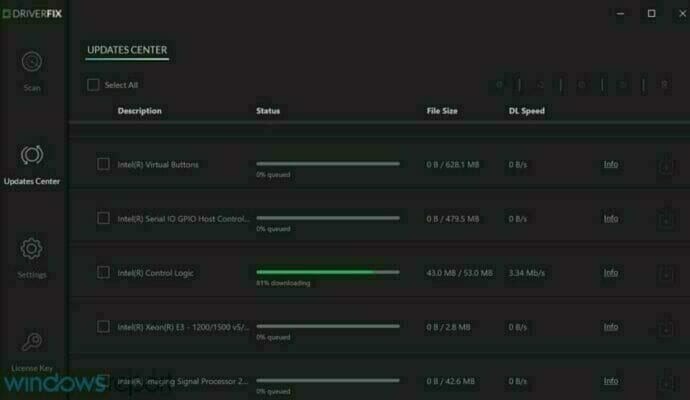
If you just want to install the fingerprint reader driver, click on its corresponding box from the left of its name and click on the Install button from its right.
DriverFix
2. Rollback drivers/use default drivers
- Right-click the Start button and choose Device Manager from the list.
- Locate your fingerprint driver and double click it to open its properties.
- Click the Roll Back Driver button.
Note: If you’re sure that the problem is the latest driver and you manage to roll it back, to avoid future problems, check out this step-by step guide that will help you block Windows 10 from auto-updating certain drivers.
Use the default driver from Windows
- Open Device Manager.
- Find your fingerprint scanner driver.
- Right-click it and choose Uninstall device.
- Check Delete the driver software for this device and click Uninstall.
3. Use a different fingerprint reader
If the issue persists, you can try to use a different fingerprint reader. In rare cases, your fingerprint reader might not be compatible with your computer’s hardware configuration or operating system.
Therefore, before buying a new fingerprint reader, make sure that the device is compatible with your machine.
We recommend getting the Kensington VeriMark USB Fingerprint Key, a tiny fingerprint reader that’s fully compatible with Windows.
- 360° readability with anti-spoofing protection
- FIDO and U2F certifications
- Compatible with Dashlane, LastPass (Premium), Keeper (Premium), and Roboform, for websites
- It’s very small, easy to lose
4. Switch to local account/ create a new account
- Open Settings and click on the Account icon.
- In your account click Sign in with a local account instead.
- Fill out your password and click on Next.
- Set your user name, the password for your local account and click on Next.
- Click on Sign out and finish.
Note: You can try creating a new account and setting up the fingerprint scanner for it. After that just delete the new account and switch back to the old one.
If Windows won’t let you add a new account, this expert guide will help you fix the problem.
5. Prevent your PC from turning off USB devices
- Open Device Manager.
- Go to Universal Serial Bus controllers section and double click on USB Root Hub.
- Navigate to the Power Management tab and uncheck Allow the computer to turn off this device to save power. Click on OK to save changes.
- Repeat these steps for all USB Root Hub devices that you have on your PC.
6. Update HP Support Assistant
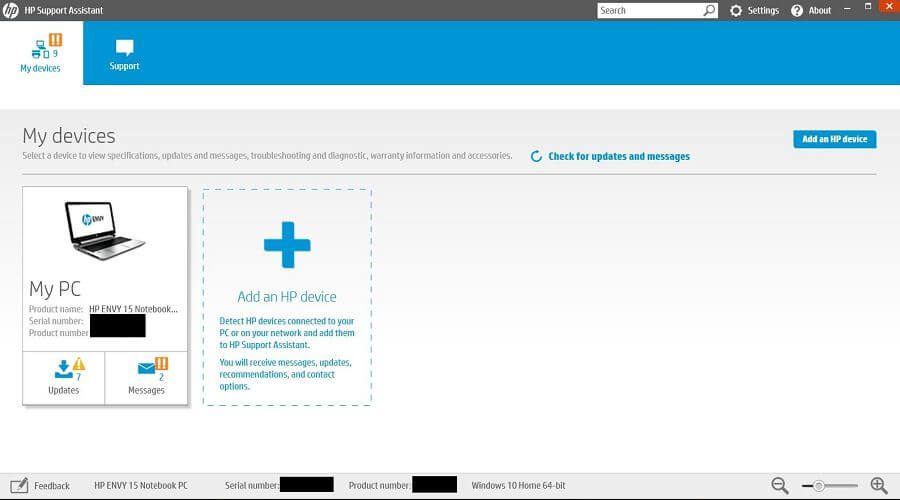
You can do that simply by running the application and choosing the update option or you can download the latest version from HP’s website. After the application is updated, restart your PC and the fingerprint reader will start working again.
Keep in mind that this solution works only if you’re using an HP device. If you have a PC from another brand and you don’t have HP Support Assistant on your PC, then this solution doesn’t apply to you.
7. Uninstall the fingerprint software
- Open the Settings app using the Windows Key + I shortcut.
- Click on the Apps section.
- Locate the fingerprint reader software on the list, select it, and click on the Uninstall button.
- Follow the instructions on the screen to complete the uninstallation process.
Note: After removing the fingerprint software, you need to remove the fingerprint driver from your PC like shown in Solution 2. Next, restart your PC. Windows 10 will install the default driver and the issue should be resolved.
8. Remove fingerprint scanning and update the fingerprint driver
- Open the Settings app and click on the Accounts section.
- Select Sign-in options from the menu on the left.
- In the right pane go to Windows Hello section and click on the Remove button under Fingerprint.
- Remove the fingerprint driver as explained in Solution 2.
- Download and install the latest driver for your fingerprint reader like shown in Solution 1.
Register new fingerprints
- Open the Settings app, click on Accounts, then the Sign-in options.
- Make sure that you have a PIN set up. If not, set up your PIN now.
- Go to the Windows Hello section in the right pane and click on the Set up button.
- Follow the instructions on the screen to set up your fingerprint.
- Go to the Windows Hello section and click on Add another button.
- Follow the instructions on the screen to add another fingerprint.
Note: Still not working? Here’s another comprehensive guide that could help you solve the problem once and for all.
9. Remove and recreate your PIN
- Open the Settings app and go to Accounts, then click on the Sign-in options.
- In the PIN section click the Remove button.
- Click the Remove button again to confirm.
- Enter your Microsoft Account password and click on OK.
Add your PIN again
- Go to the Sign-in options and click on the Add button in the PIN section.
- Enter your password and click on the Sign in button.
- Enter the desired PIN in two input fields and click on OK.
Note: If the PIN isn’t working on Windows 10, here’s an excellent guide that will help you fix that problem right away.
10. Update your BIOS

The BIOS update is an advanced procedure, and if you’re not careful you can cause irreversible damage to your PC. We wrote a short guide on how to flash your BIOS, so be sure to check it out.
In addition, many users are recommending to update your chipset drivers as well.
For more suggestions or questions, reach for the comments section below.
Editor’s Note: This post was originally published in April 2019 and has been since revamped and updated in September 2020 for freshness, accuracy, and comprehensiveness.


